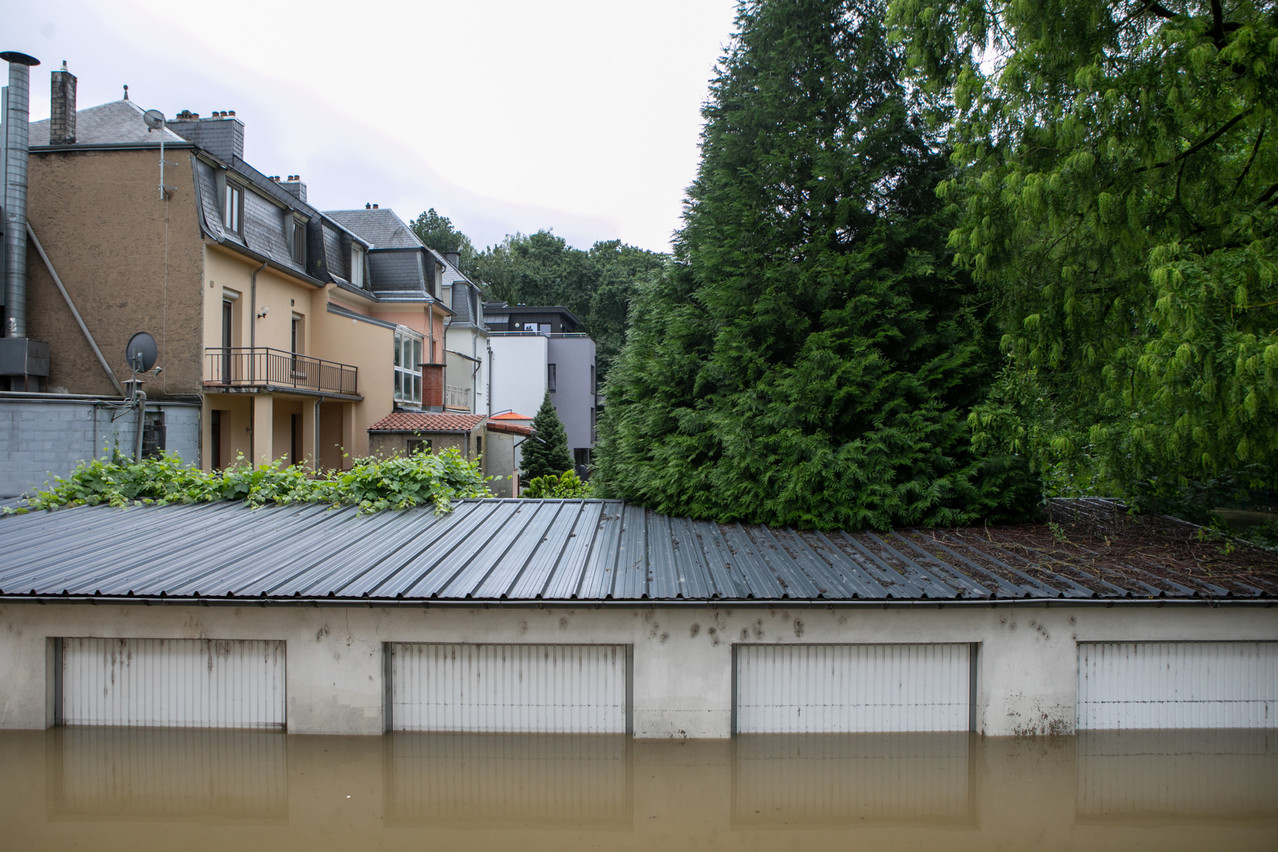Over the years, the cost related to natural disasters has become increasingly high. While the $72bn calculated by Siwss Re is lower than the estimated cost for the first half of 2021--$92bn--the cost to insurers has reached $35bn, a figure 22% higher than the 10-year average of $29bn.
Adding direct human-caused disasters such as industrial accidents, the economic cost has risen to $75bn--$20 billion less than in the first half of 2021--and the insurable cost has gone up to $38 billion.
After a series of winter storms in Europe, unprecedented flooding in Australia and South Africa, and a high number of storms in the US and Europe in the first half of the year, the reinsurer expects the economic costs for the second half of the year to increase as a result of the heat waves currently affecting Europe and resulting in fire and drought-related damage.
Increase in the frequency of secondary disasters
The frequency of so-called "secondary" disasters - as opposed to major catastrophes such as earthquakes or hurricanes--is increasing worldwide, notes the reinsurer, for whom the reasons for this increase are clear: "the effects of climate change are evident in the increasing number of extreme weather events, such as the unprecedented floods in Australia and South Africa". The bill for flooding in Australia after torrential rains in February and March has risen, "so far" to $3.5bn, a new record" for the country, the reinsurer says. It also represents the most expensive natural disaster for the insurance sector in the first half of the year. Europe is not left behind. Swiss Re estimates the cost to reinsurers of the latest winter storms in February on the continent at $3.5bn.
These secondary disasters are all the more costly as they affect areas where urbanisation is rapid and wealth is concentrated.
Jérôme Jean Haegeli, chief economist of the Swiss Re Group says that, "climate change is one of the greatest risks facing our society and the global economy. With 75% of all natural disasters uninsured, we see significant protection gaps globally, exacerbated by the current cost of living crisis. In partnership with the public sector, the insurance sector is key to building society's resilience to climate risks by investing in and underwriting sustainable infrastructure.”
This story was first published in French on Paperjam. It has been translated and edited for Delano.
